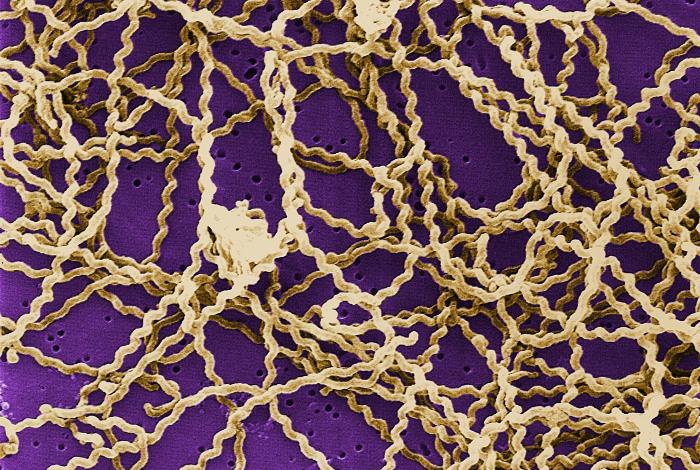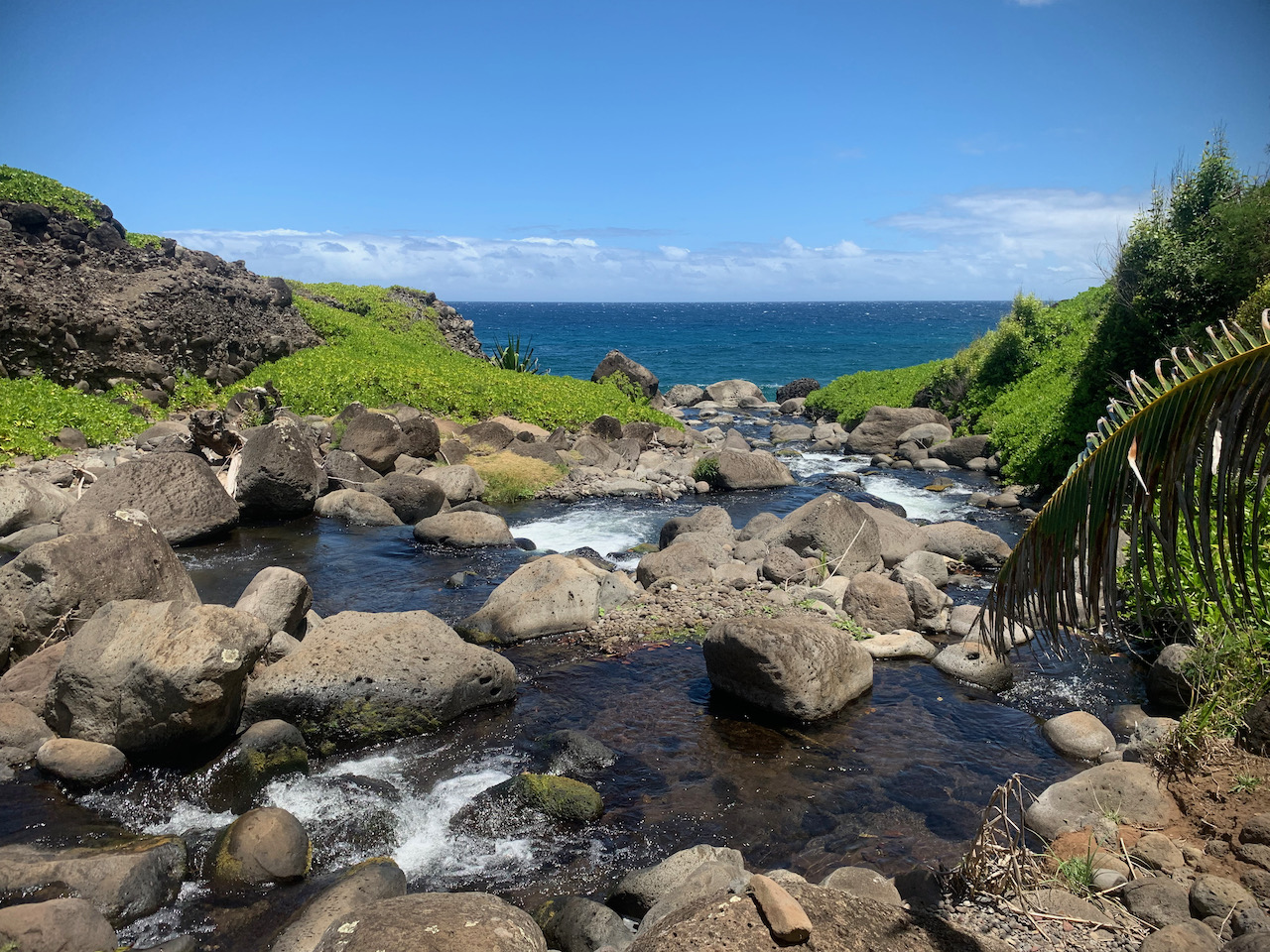
With water sources being relatively frequent on the Kalalau Trail (see my earlier post), staying hydrated and drinking plenty of water should be easy. And the water looks pretty clean, so it shouldn’t be a problem drinking it, right? In fact, there are quite a few folks who claim they’ve just drunk the water straight from the stream and never had any problems.
Let me start by saying that I’m certainly no water or medical expert and the following simply represents my research and what I have done. So take it with a grain of salt and do your own homework. You might reach different conclusions than me.
What’s in Water
Untreated stream water typically contains many - if not all - of the following, in different concentrations:
- Particulates (sediment, silt, microplastics, etc.)
- Viruses (Norovirus, Rotavirus, etc.)
- Bacteria (E. coli, Salmonella, Leptospira, etc.)
- Protozoa (Giardia, Cryptosporidium, etc.)
- Chemicals
- Heavy metals
Let’s assume we’re lucky and chemicals and heavy metals, as well as microplastics, aren’t a (big) problem on the trail due to its remoteness. The problem is that most of the remaining stuff apart from sediment and silt is not visible to the human eye. So the water may look perfectly clear, but that doesn’t mean it is of drinking quality.
Yes, the water is running over and through volcanic rocks, but that doesn’t mean it doesn’t contain any bad stuff. Remember those goats up on the hill (upstream)? Those guys and other animals such as boars, mice, and rats pee and poop on a regular basis. And eventually, they die… Not a pretty picture.
Maybe you’ve heard of Giardia (a tiny parasite) which can cause giardiasis, an infection often accompanied by diarrhea, vomiting, and other unpleasant symptoms. Sure, you can roll the dice and an upset stomach is not likely to kill you.
On the other hand, there is a particular concern in Hawaii that’s not really an issue on the mainland: Leptospira, spiral-shaped bacteria that are 6-20 micron long and 0.1 micron in diameter. This bacterium can cause leptospirosis, whose symptoms can be more severe and include liver and kidney failure as well as meningitis, bleeding in the lungs, and death, in some cases. (Unfortunately, you should not only be concerned with drinking water with Leptospira since the bacterium can enter the body through broken skin or the soft tissues on the insides of the mouth, nose, or eyes while wading or swimming!)

Leptospira bacteria - Source: CDC
In many cases, symptoms don’t occur weeks later, so people who got infected drinking contaminated water in Kalalau get sick after their hike or even when back on the mainland, so they may not make the connection.
Methods and Strategies
If this has convinced you that treating water sounds like a good idea, there are various ways to do so, each with its own unique pros and cons. The common methods are:
- Boiling (takes gas/energy and time; kills viruses, bacteria, and protozoa, but doesn’t remove any of the other stuff)
- Filtration (pretty effective, but may let viruses or protozoa such as Cryptosporidium or Leptospira slip through depending on the filter)
- Chemical treatment, e.g. via iodine tablets (similar to boiling in its effect; takes 30 mins and adds a flavor some don’t like)
- UV light (requires batteries; kills viruses, bacteria, and protozoa if done properly, but doesn’t remove anything else)
As you can see, none of these methods are perfect and there are many options depending on your risk tolerance, budget, consideration for weight, and being dependent on specialized supplies. You could also consider combining some of these methods to be on the safe side.
So what’s a Kalalau hiker to do?
General Recommendation
I would start with a good filter. Generally, it’s recommended to find a filter rated as “absolute 1 micron” or better (such as 0.1 micron). Look for a filter that can remove not only bacteria and protozoa but also viruses. (For example, the popular LifeStraw does not remove viruses or Leptospira!) Be sure to check the specs and check with the manufacturer when in doubt; they often don’t mention Leptospira specifically. Sawyer makes various popular, well-performing filters.
In addition to size & weight, consider speed and convenience. You’ll want to be able to efficiently refill your water supply not only in camp but also as you’re crossing streams during the trek. How easy is it to deploy and use the filter? How does it interface with your water receptacles?
A good filter should theoretically be sufficient. However, the extra cautious, myself included, may use a secondary method in addition to filtration. For example: If you boil water for your meal anyway, that counts. Or you could add an iodine tablet or use UV light after filtration.
Personally, I’m specifically worried about Leptospira and while many filter manufacturers claim to filter those critters out, keep in mind the 0.1 micron diameter of the little buggers. I worry that at least a few might make it through the filter due to their small size, so supplemental UV treatment gives me peace of mind.

My Approach
I’m not saying this is the right or the only way to do it, but if you wonder what I do, here goes: I use a Grayl Geopress, which is quick, convenient, and can serve as extra water storage. No hoses to worry about and no pumping. Their Support folks confirmed to me that it’s effective against Leptospira. The only downside is that it’s a little heavy. (More detailed info on the Geopress here.)
As my secondary method, I use a Steripen Adventurer UV light which is small, light, and contains long-lasting / high capacity batteries. This thing can also double as a little flashlight. If I boil the water, I skip the UV light after filtering; otherwise, I use it pretty consistently.
For receptacles, I use the light version of the 1l Nalgene bottles (two of those), which have a wide opening that makes it easy to apply the Steripen.
The above approach has (knock on wood!) worked well for me so far.
Hopefully, you found some useful information in this post that will help you craft your own plan for water treatment. You should also consider an electrolyte supplement as part of your hydration strategy. More details here.
(As an Amazon Associate I earn from qualifying purchases.)
Stay connected with news and updates!
Join our mailing list to receive the latest news and updates from our team.
Don't worry, your information will not be shared.
We hate SPAM. We will never sell your information, for any reason.

